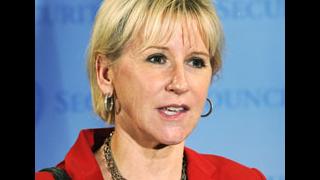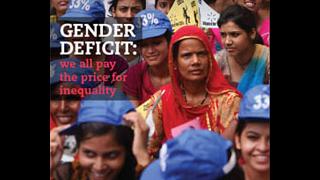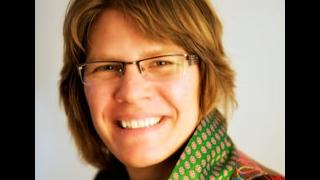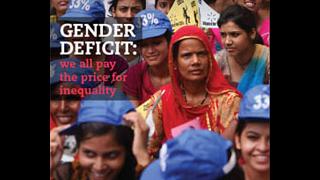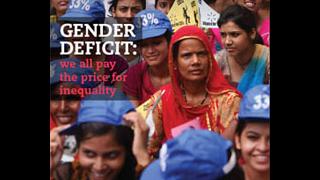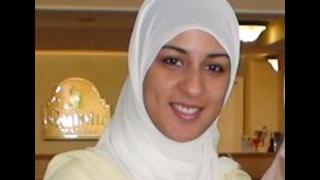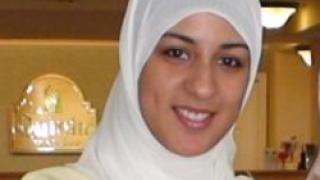
Given the deep inequalities that women worldwide continue to face, gender parity is generally something to aspire to. But there is one area where the parity achieved is not a cause for celebration: the prevalence of the Human Immunodeficiency Virus (HIV) and Acquired Immunodeficiency Syndrome (AIDS). Of the estimated 33.3m people living with HIV/AIDS today, just over 50% are women and girls.
HIV/AIDS is one of the most deadly, complex and vicious diseases known to humankind. Although there are others that cause a larger number of deaths per year, the social, economic and political impacts of HIV/AIDS are much more profound, particularly amongst women and girls and particularly in the world’s most-affected region: sub-Saharan Africa, where 60% of people living with HIV/AIDS are women and girls.
When women and girls contract HIV/AIDS, the impact on their families is likely to be greater. Women and girls, especially in sub-Saharan Africa, are the family lynchpins, looking after young children and elderly relatives, providing food and carrying out household chores. A sick mother can therefore put the entire family at risk. The most immediate problem is perhaps mother-to-child transmission - known as ‘vertical transmission’, a process by which HIV/AIDS is passed from a pregnant mother to her child - and this should be a priority focus for health programmes.
But the ramifications are not just health-specific. When a mother is too weak to carry out household chores, girls are often pulled out of education to help at home. This leads to a vicious cycle, where girls are kept away from normal curricular education as well as education on HIV/AIDS, including how to prevent infection and how to negotiate safe sex practices with partners who are unwilling to use barrier contraceptives for cultural reasons.
Women are also more likely to face discrimination and stigmatisation - perhaps the most entrenched issue surrounding HIV/AIDS. The ‘exceptional status’ accorded to the disease by society, the media, governments and international institutions has, often inadvertently, contributed to prevailing misconceptions. The result: HIV/AIDS remains taboo in many places.
Take, for example, Botswana, where a study of routine HIV testing showed that a large percentage of the population avoided getting tested out of fear. Half of those who did participate said that a key barrier to testing was that they were ‘afraid to know’. The World Health Organization has stressed the importance of increasing initiatives that deal with stigma, but progress has been extremely slow and in some places non-existent. HIV positive women in sub-Saharan Africa are often abandoned, ostracised or physically abused. In extreme cases, women have been killed to preserve cultural integrity and norms.
These are just some of the issues that women face with regard to HIV/AIDS. For the UN’s 6th Millennium Development Goal (MDG), on combating HIV/AIDS, to be achieved by 2015, further progress is needed on MDG 3: gender equality and women’s education. In 2001, the UN General Assembly underscored this vital link, with over 180 countries agreeing that women’s equality and empowerment were ‘fundamental’ to reducing the impacts of the virus. Thirty years since the discovery of HIV/AIDS, the establishment of UN Women and its partnership with UNAIDS provide hope for a future free from this deadly disease - or at least one in which women have a degree of control in respect to their bodies and lives.
Madiha Raza has graduated from SOAS University with a Masters in International Development and is currently working as Programme Development Intern at UNA-UK.

